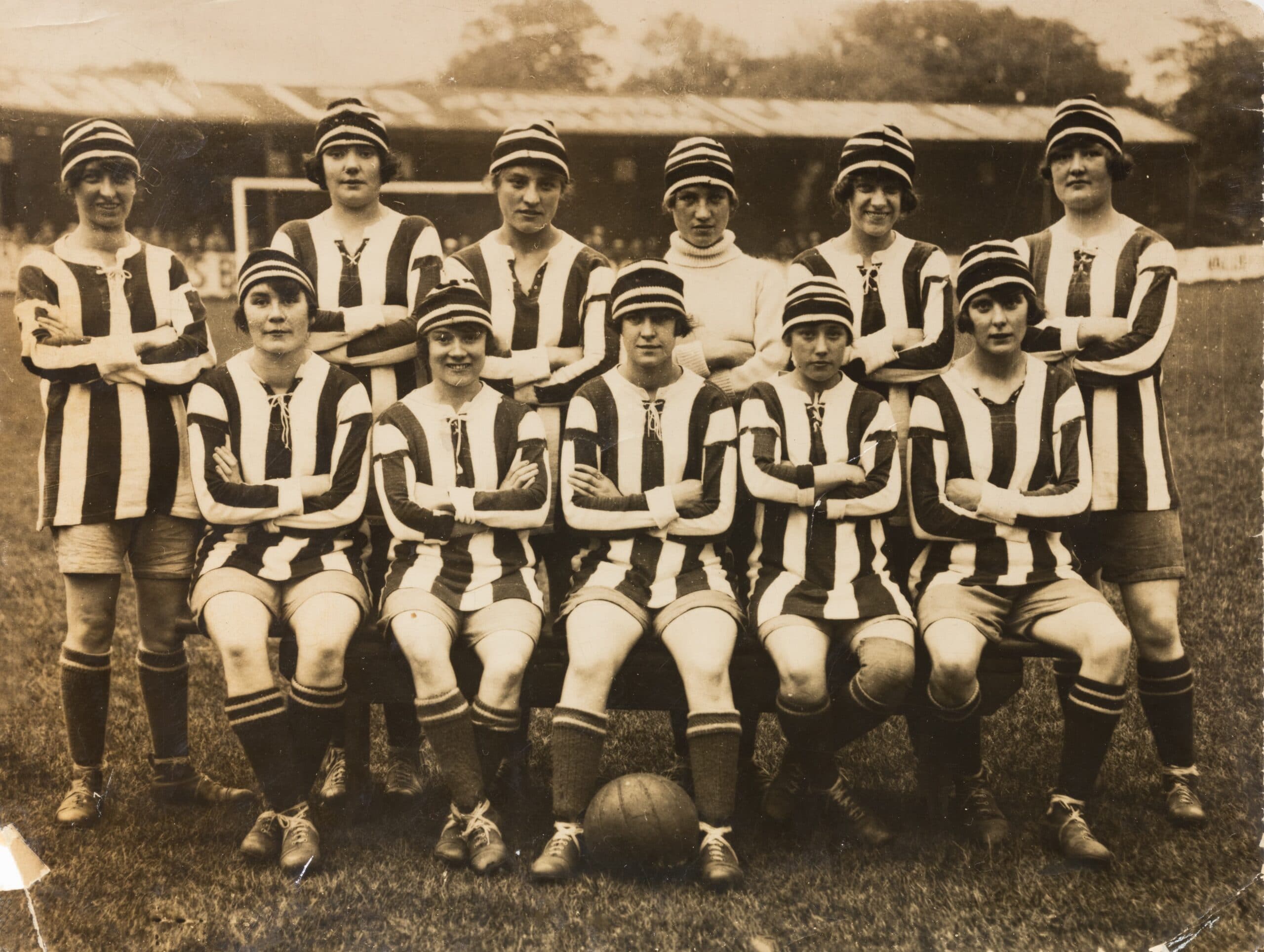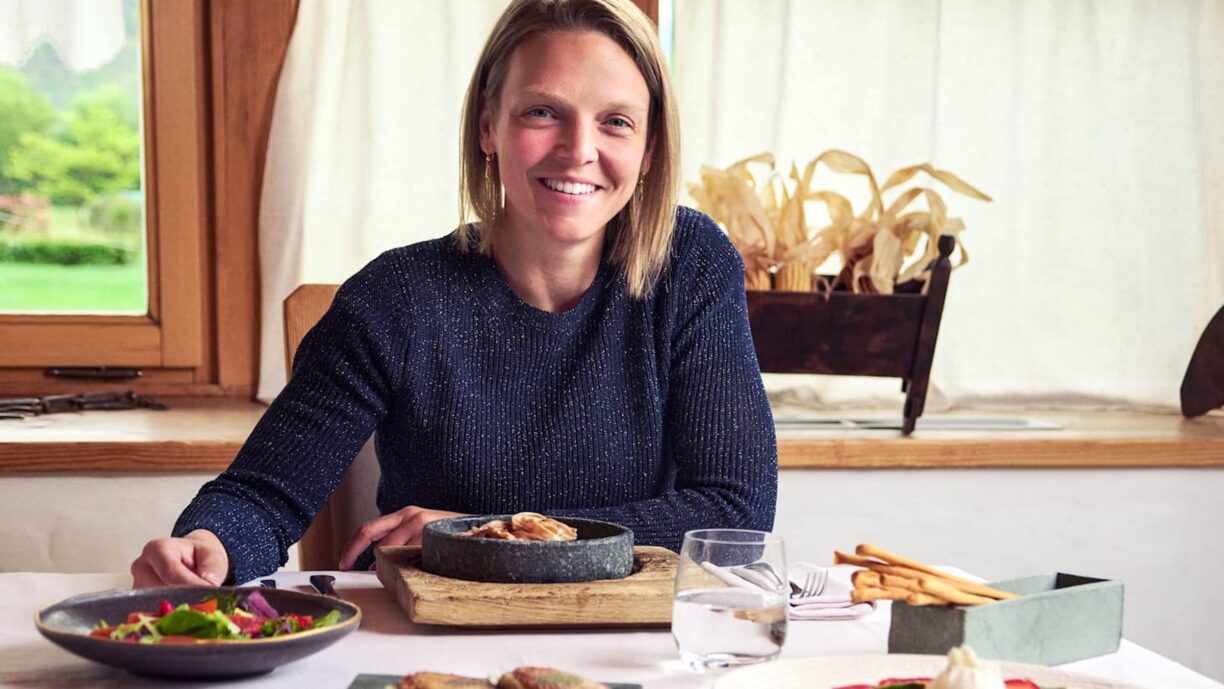When it comes to the history of women’s football in the UK, you might be surprised to learn it once drew bigger crowds than many men’s matches.
In fact, on Boxing Day in 1920, more than 53,000 fans squeezed into Goodison Park to watch a showdown—not between the Everton men’s team—but between Dick, Kerr’s Ladies FC and St Helen’s Ladies.
It’s the sort of spectacular turnout you’d expect for a cup final, yet it was women’s football, and the roar of the crowd could rival any modern derby.
Back in the years before the First World War, women’s football was arguably just as popular as men’s. By 1921, however, the Football Association (FA)—made up almost entirely of men—banned women from playing on their grounds.
Why? Not because the ladies weren’t good enough or the fans weren’t interested, but because the FA felt threatened by their success.
With a quick resolution branding football “quite unsuitable for females,” they effectively locked women out of well-equipped stadiums, decent training facilities, and the professional recognition they deserved.
Although women kept playing wherever they could find a patch of grass (and perhaps the occasional cow pasture), it wasn’t until 1971 that the ban was officially lifted.
Even then, the administration of the women’s game was only taken under the FA’s wing in 1993—an event that was celebrated in 2013 as if women’s football magically began 20 years earlier.
Never mind the decades of women playing through that ban, honing their skills in spite of the official naysayers. It’s a testament to their resilience that the sport continued growing in the shadows.
Of course, this kind of foot-dragging extends beyond football. Museums, archives, and heritage sites across the UK have long focused on the history of privileged men, leaving the stories of women and working-class communities on the sidelines.
Sport itself was often brushed off as a lesser cultural pursuit, left to local enthusiasts to preserve. Over time, though, some of these collections—especially those spotlighting women’s football—have found their way into museums.
The National Football Museum in Manchester, for instance, is doing vital work by safeguarding these artefacts and bringing to life the narratives they represent.
At Sporting Heritage, we’re busy knocking on doors at policy and funding levels to ensure women’s sports—and their heritage—are properly recognised and supported.
Happily, significant funders like the National Lottery Heritage Fund are starting to include women’s sporting history in their priorities, and we currently have support to identify, protect, and showcase the many untold stories from the women’s game.
We’re aiming to celebrate the history of women’s football in the UK more widely—because these stories resonate with women all over the country.
The hope is that by shining a light on these hidden tales, we’ll educate girls and young women about the challenges their predecessors faced, and also show boys and young men why it’s vital to uphold equality.
This time around, the narrative won’t be smothered by outdated notions of who can play the beautiful game. Instead, it’ll be told loud and clear—just like the roar echoing through Goodison Park on that chilly Boxing Day in 1920, when women’s football was anything but a sideshow.





